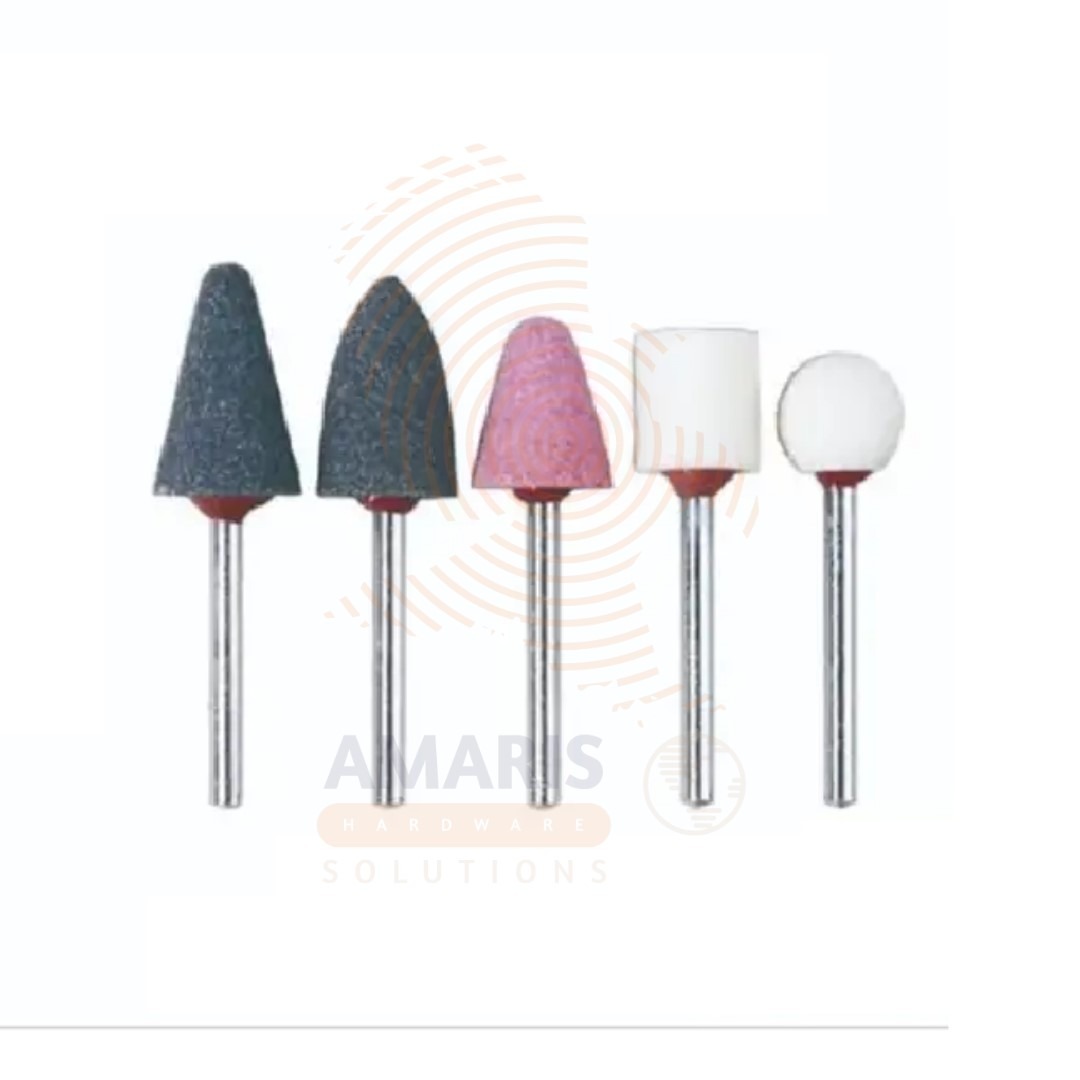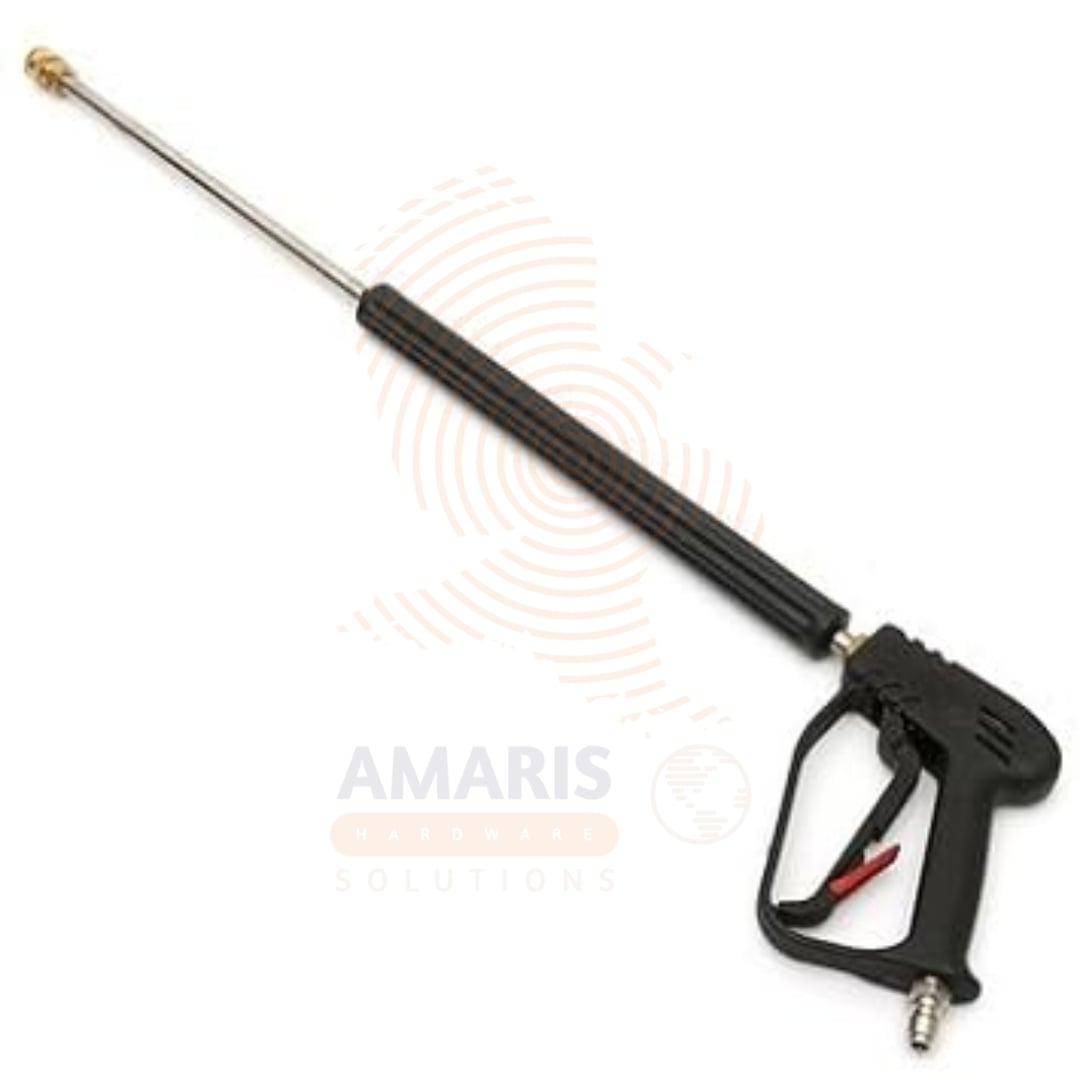Picture this: a crisp winter morning, the kind where your breath forms little clouds in the frosty air. You’re bundled up, ready to conquer the day, when you slide into your car, turn the key, and… nothing. The engine doesn’t roar to life; it doesn’t even grumble. It’s completely silent. Panic starts to set in, but then you remember your trusty booster cables in the trunk. Ah, booster cables—the unsung hero of hardware tools.
Booster cables, or jumper cables as they are commonly known, are the automotive equivalent of a defibrillator. They bring dead batteries back to life, getting you back on the road with minimal fuss. But what exactly makes these seemingly simple tools so essential? Let’s dive into the world of booster cables and uncover their magic.
The Anatomy of a Booster Cable
At first glance, booster cables look straightforward: two thick, insulated wires with hefty clamps on each end. However, there’s more to these cables than meets the eye. The key components include:
- Insulated Wires: These are typically made of copper or aluminum, chosen for their excellent conductivity. The thicker the wire, the better the current flow, which is crucial for jump-starting a dead battery.
- Heavy-Duty Clamps: These clamps, often referred to as alligator clips, are designed to bite down firmly on the battery terminals. They are colour-coded—red for positive and black for negative—to help you avoid dangerous mistakes.
- Insulation: The cables are covered in a durable, flexible rubber or plastic sheath. This insulation not only protects the wires from damage but also ensures safety by preventing accidental shocks.
The Importance of Booster Cables
Having a set of booster cables in your trunk is like carrying a portable lifeline. They’re not just for emergencies; they symbolise preparedness and self-reliance. Whether you’re helping a stranded stranger or saving yourself from a frigid wait for roadside assistance, booster cables empower you to act swiftly and effectively.
Moreover, owning booster cables is an invitation to learn more about how your car works. Understanding the basics of battery maintenance and electrical systems can save you time, money, and a lot of frustration.
Choosing the Right Cables
Not all booster cables are created equal. Here are a few tips to help you choose the right set:
- Gauge: The gauge number indicates the thickness of the wire. Lower numbers mean thicker wires, which can carry more current. For most cars, a 4- or 6-gauge cable is sufficient. Larger vehicles may require a 2-gauge cable.
- Length: Longer cables provide more flexibility in positioning the cars, especially in tight spaces. A length of 12 to 20 feet is usually ideal.
- Clamp Quality: Look for solid, heavy-duty clamps with strong springs and a good grip. Poor-quality clamps can make the jump-start process difficult and unsafe.
- Insulation: Ensure the cables have good insulation to withstand various weather conditions and to protect against accidental shocks.
Conclusion
Booster cables might seem like a mundane item, but they carry the power to rescue you from inconvenient and potentially dangerous situations. They embody the spirit of readiness and the comfort of knowing that help is just a clamp away. So, next time you pack your car for a trip, make sure those trusty booster cables are nestled in your trunk. After all, you never know when you or someone else might need a little spark to get going again.
Remember, the world of hardware tools is full of unsung heroes, and booster cables are among the most valiant of them all. Stay prepared, stay safe, and keep those cables handy!


















Add comment